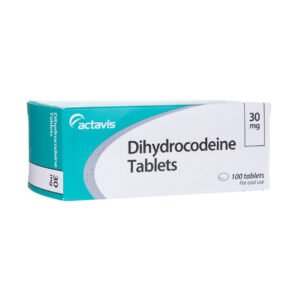Pain relief involves various methods and treatments aimed at reducing or eliminating pain caused by injury, illness, or chronic conditions. Pain can be acute (short-term) or chronic (long-term), and its management depends on the underlying cause and intensity.
Common Types of Pain Relief:
- Medications: PAIN RELEIF
- Over-the-counter (OTC) analgesics:
- Nonsteroidal anti-inflammatory drugs (NSAIDs): Ibuprofen or aspirin reduce inflammation and alleviate pain.
- Acetaminophen (Tylenol): Relieves mild to moderate pain but lacks anti-inflammatory properties.
- Prescription painkillers:
- Opioids (e.g., morphine, oxycodone): For severe pain, but with a risk of addiction and side effects.
- Muscle relaxants: For pain caused by muscle spasms or tension.
- Antidepressants and anticonvulsants: Often used for nerve pain or fibromyalgia.
- Over-the-counter (OTC) analgesics:
- Non-medication therapies: PAIN RELEIF
- Physical therapy: Exercises to strengthen muscles and reduce pain.
- Heat or cold therapy: Applying heat or cold to the affected area to reduce pain and inflammation.
- Massage and acupuncture: Complementary therapies that can relieve muscle and joint pain.
- Alternative methods:
- Transcutaneous electrical nerve stimulation (TENS): Electrical impulses delivered to nerves to alleviate pain.
- Mind-body techniques: Meditation, deep breathing, and yoga can help manage chronic pain by reducing stress and muscle tension.
Chronic Pain Management: PAIN RELEIF
Long-term pain relief may require a multidisciplinary approach, combining medications, physical therapy, and lifestyle changes. Pain specialists often recommend a comprehensive plan tailored to an individual’s needs, including behavioral therapy and regular physical activity.
Pain relief strategies should be supervised by healthcare professionals to ensure safety and effectiveness, especially when managing severe or persistent pain.













